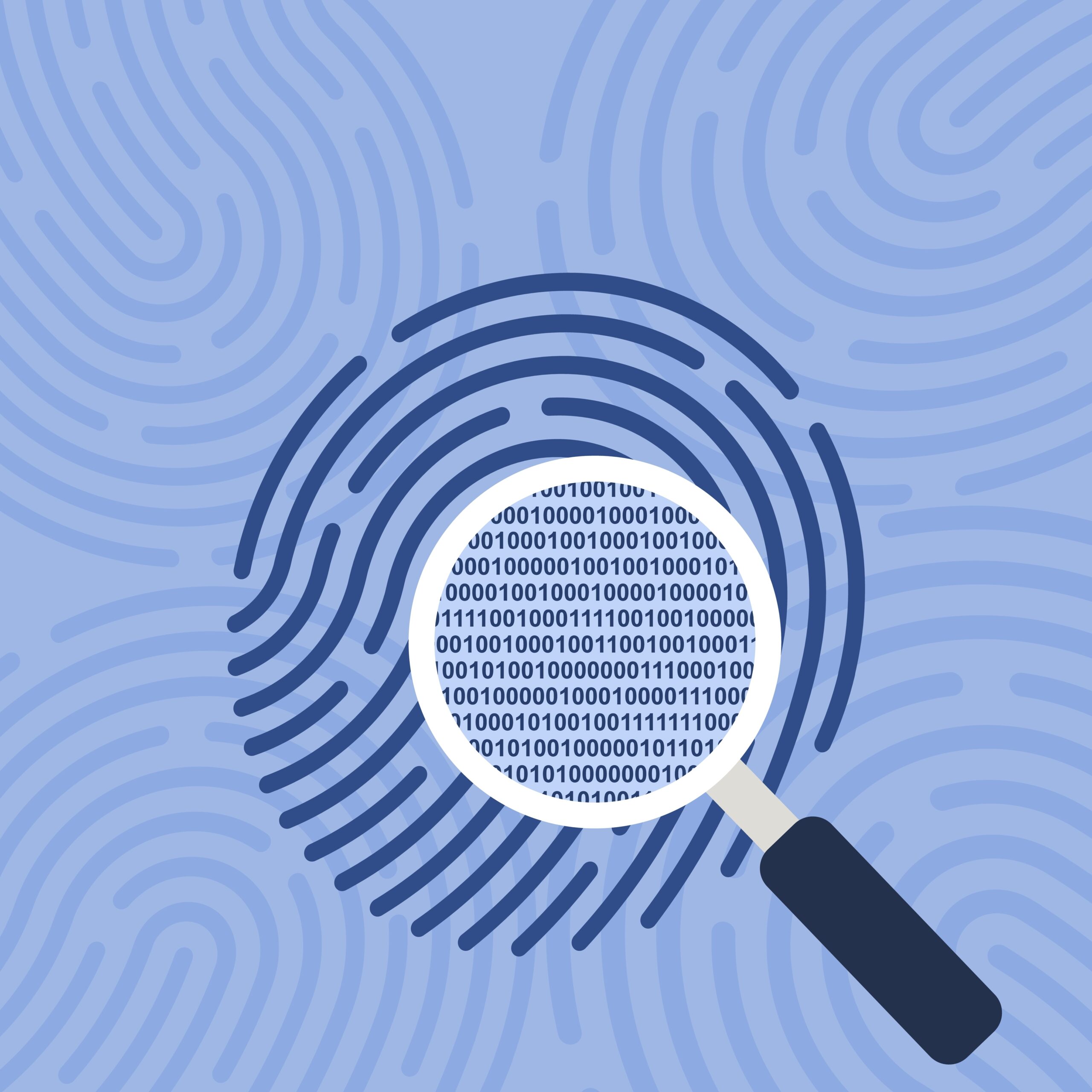“Device Fingerprinting” is Dead
Blog | April 14, 2023

by Rich Ratcliff, Chief Product Officer
Device Fingerprinting is an ineffective concept and latent terminology in 2023. Ok, there I said it, the approach that was created 12 years ago for the market research industry is latent, shocker right? Fraud is defined as the wrongful or criminal deception intended to result in financial gain. It’s ‘Fraud Detection’. Fraudsters are absolutely doing so much more than spoofing characteristics and erasing cookies and we surely are looking for more and finding it.
This technique was initially created as a means of participant deduplication as well as basic device characteristics evaluation. There was lots of information that could be garnered from these 40-50 fields, but over time the activity for evaluating whether a device as fraudulent has evolved. The people, concepts of detection and even the evaluation of what is good/bad is different. Lastly, the technology on both sides along with the nuances of our industry are like an ever-evolving matrix scene. The idea of calling what we do ‘device fingerprinting’ is like calling Michael Jordan just a basketball player. Do we still pull the device information available, absolutely. Do we review the information as the ‘record of truth’ for that device, absolutely not.
These are my top 3 issues that are driving this difference…
Privacy concerns vs. Masking Fraud: Device fingerprinting for the normal person raises serious privacy concerns, as it allows companies to track and monitor them. Many users are uncomfortable with this, so they disable or evade ‘fingerprinting’ techniques. That said, if a user circumvented or blocked fingerprinting a decade ago, it was rightly assumed they were fraudulent, they are following best practices today. Fraudsters still do look different, but the signals, characteristics and data needed to see the difference is much deeper tech and analytics than the original environment.
Inaccuracy vs Context: With the proliferation of different browsers made to evade fingerprinting, virtual devices/sessions in bulk, and an explosion of different internet-capable devices, it has become increasingly difficult to identify and track users based on a single device fingerprint. What we now focus on is the context of the data presented about any device, the in-survey performance (data acceptance) and lastly their frequency. As you might imagine, one of the most important signals here is no history and/or the lack thereof of any context.
Simplistic vs. Sophisticated Fraud Techniques: Erasing cookies and modifying user agents are woefully inadequate to get by our evaluation of today. That said, today’s fraud learns and evolves at AI-ML pace and would push right through any ‘fingerprinting’ technique. As fraudsters have become more sophisticated, so has the detection methods needed to identify them.
In today’s awareness cycle of fraud in the ecosystem, researchers often get confused by what is “good” or “bad” in the fraud prevention world. To make it easy, I’ll give you a red herring:
If any sample or fraud prevention vendor says they have “Digital Fingerprinting” as a means to protect your data, they’re part of the group that is tackling today’s problems…with yesterday’s methods. OpinionRoute is constantly researching and evolving with survey fraud. Our goal is not to provide you with a ‘clean device’, but with an increase in your data acceptance rates. If you have been searching for the best ‘digital fingerprinting’ solution, we’re not it. If you would like to discuss survey data quality in relation to fraud detection with a heavy focus on survey data acceptance, let’s discuss. Our responsibility is to help the industry and most importantly our clients decipher act on these issues in a way that increases your confidence and survey data quality.
Want to move beyond a device fingerprint? Hit us up here: https://www.opinionroute.com/contact/
